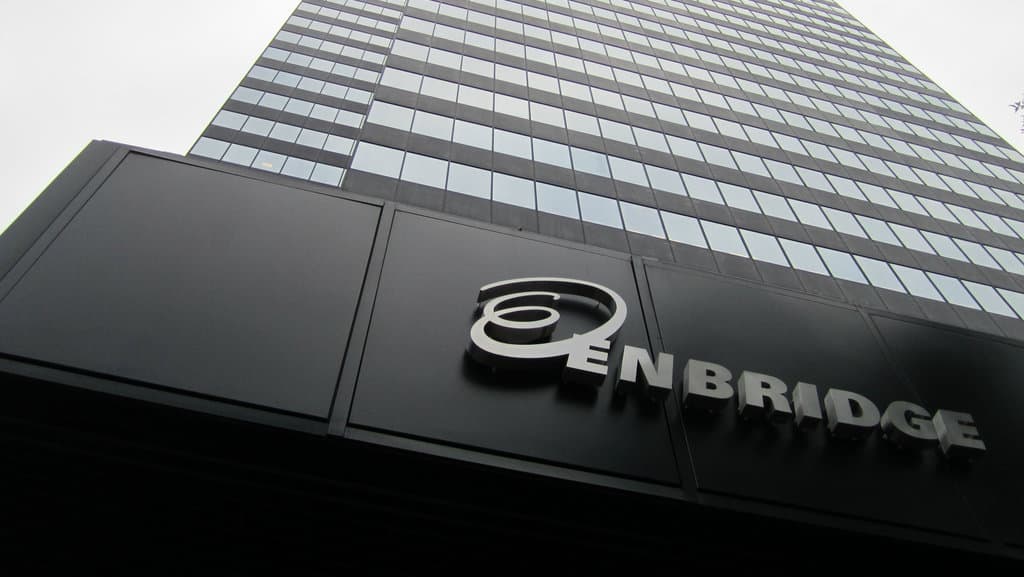Enbridge Inc. (TSX:ENB)(NYSE:ENB) investors have had to show great resilience and steady hands as the company’s stock has been one of the worst-performing stocks on the TSX. Despite rising markets and oil prices, its share price has tumbled by approximately 21% over the past year.
Much of the negativity surrounding the company is tied to its merger with Spectra Energy, its capital structure, and its ability to deliver on the promises made to shareholders. One of those promises is to grow the dividend by 10% annually through 2020.
Why the concern?
Bears immediately point to the company’s payout ratio of 137% as being unsustainable. Likewise, they reference the cash flows required to finance the company’s ambitious growth plans, which will require $22 billion in future capital expenditures (capex) through 2020. Finally, the company is highly leveraged with more than $60 billion in debt, which limits its liquidity. These are all points of contention for those who question how Enbridge will make good on its expected dividend-growth rate.
Should you be concerned?
There are two reasons not to worry about Enbridge’s payout ratio. For starters, it has been here before with a payout ratio of 145% in 2012 and 155% in 2014. Despite those high payout ratios, the company continued to raise dividends and has done so for 21 straight years. Secondly, the payout ratio takes into account non-cash items, which can be misleading, and it is more appropriate to look at cash flow.
Speaking of cash, Enbridge expects that its growing operational cash flows will cover not only the growing dividend, but about $14 billion of the aforementioned $22 billion in capex. The $8 billion shortfall will be covered by equity financing and asset sales. It has plans to dispose of $10 billion in assets, of which $3 billion is expected to occur in 2018. Furthermore, the company can turn off its dividend re-investment plan, which would save the company an additional $13 billion. As you can see, there are many options available, and cash flow is strong.
The company’s high leverage is a direct result of the Spectra Energy deal. As part of the merger, the company took on approximately $22 billion in debt as a result; its total liabilities ballooned to $60 billion. The good news is that the company expects to reach its targeted debt ratio in 2018 with further deleveraging occurring over the next few years.
Bottom line
Enbridge has one of the longest dividend-growth streaks in Canada, and it will take an extraordinary event for it to break that streak. Do you need further convincing? Here is another interesting tidbit of information in support of the dividend: the deal with Spectra was initially pitched by Enbridge as a combination of stock and cash. However, Spectra pushed for an all-stock deal because it has “considerable confidence” in the dividend growth of the newly merged company.
Rest easy, Enbridge investors; that growing dividend is safe.









